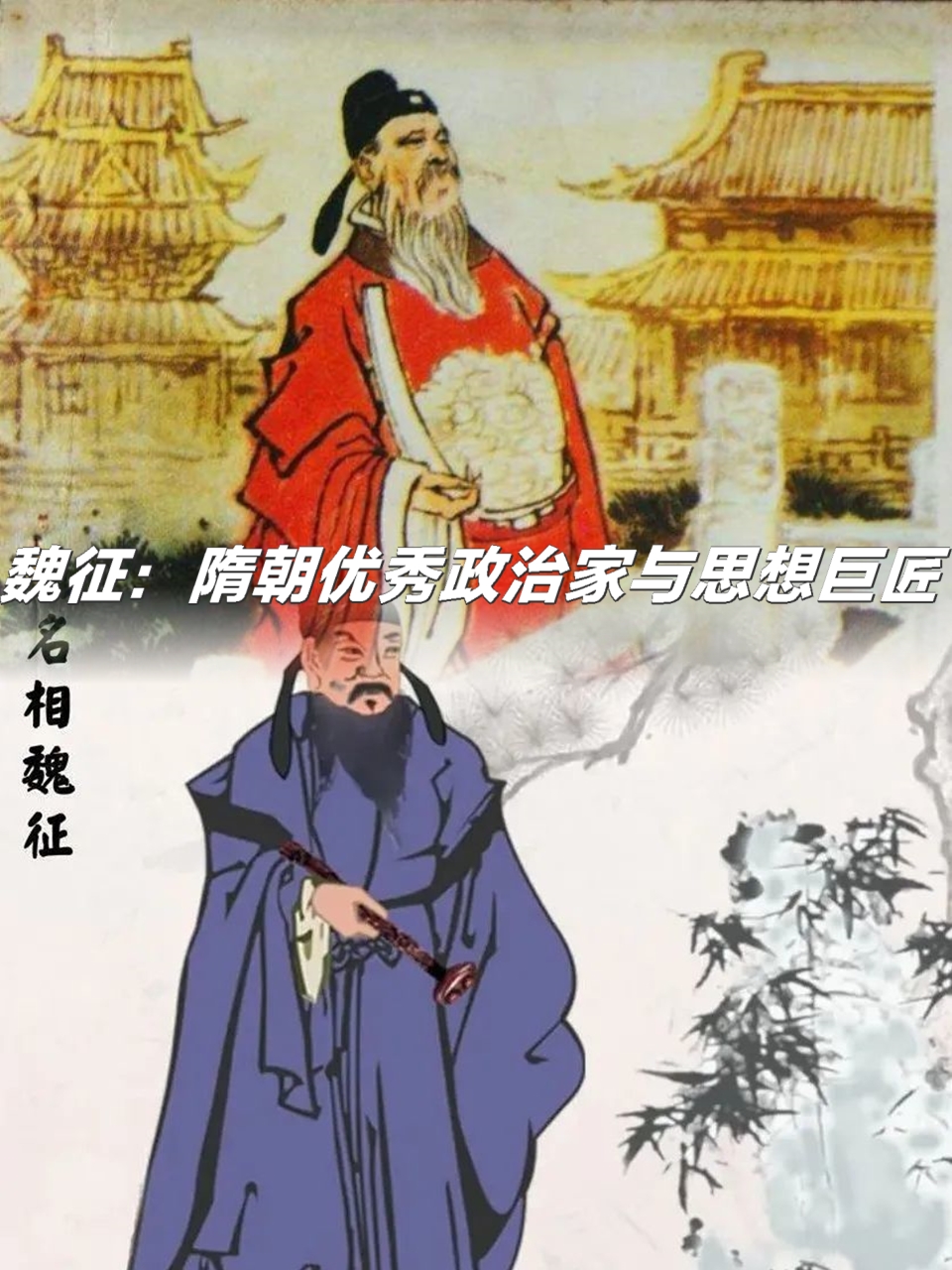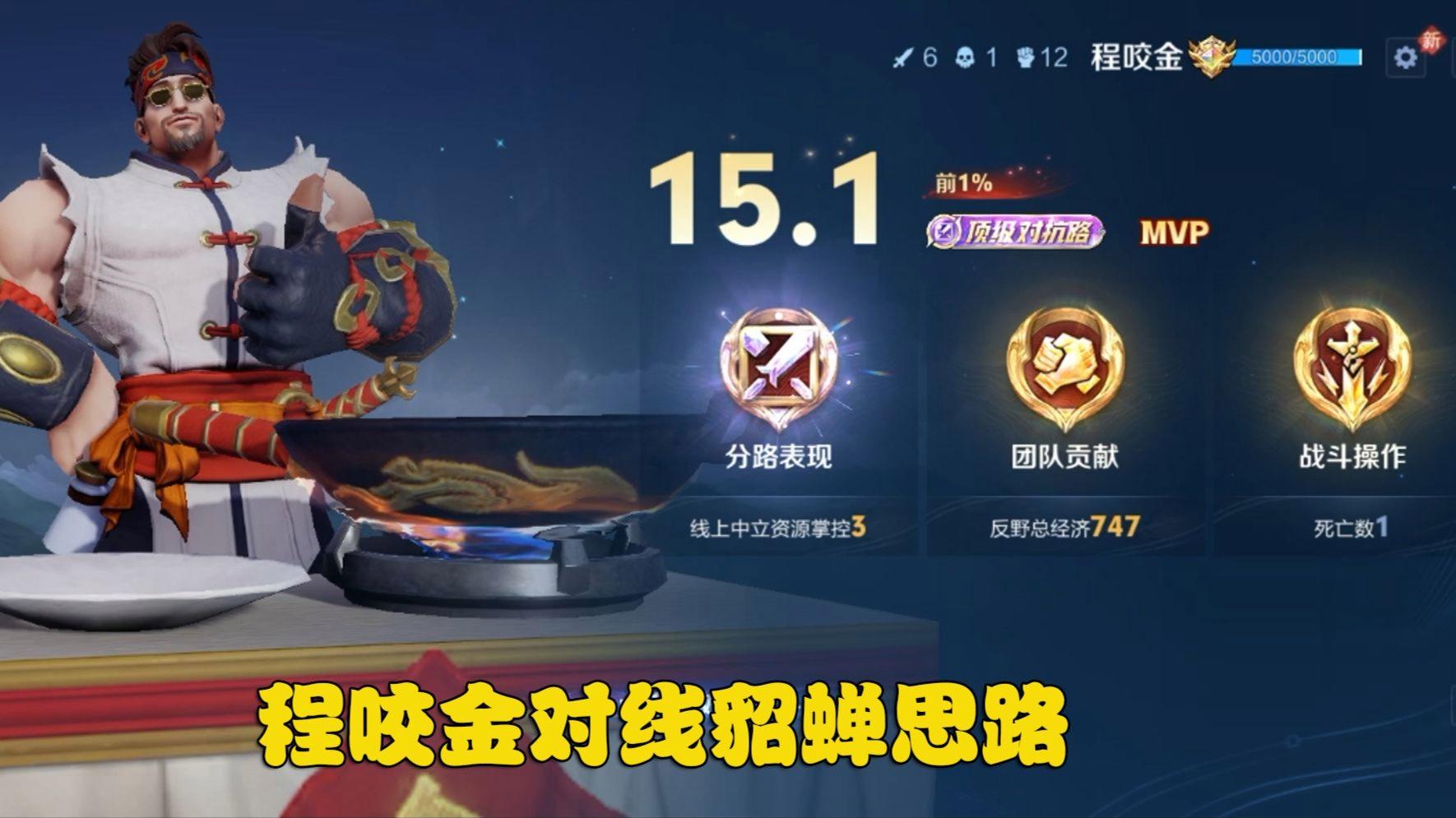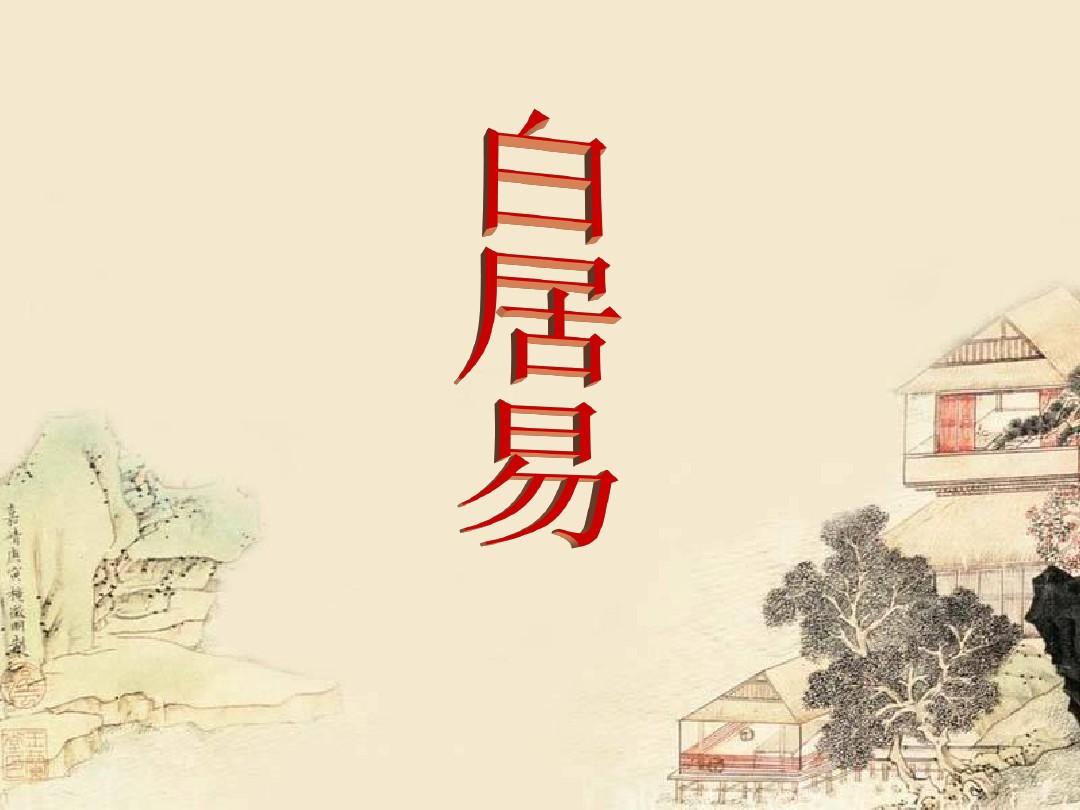Yang Yuhuan is skilled in singing and dancing, proficient in music and rhythm, and is praised by later generations as one of the Four Great Beauties of ancient China. Below, the History Encyclopedia editor will bring you a detailed article introduction.

Friends who have watched the movie “The Legend of the Cat Demon” must know that the entire plot revolves around the “death of Yang Guifei”. In fact, just like what is portrayed in the movie, the “death of Yang Guifei” is indeed a major mystery in history. Even Chinese and foreign historians cannot provide an accurate answer to how Yang Guifei died or whether she really died.
As one of the Four Great Beauties of ancient China, Yang Guifei was undoubtedly “showered with countless favors” in the harem of Emperor Xuanzong of Tang, but all of this came to an end with the “An Lushan Rebellion”. In the 14th year of the Tianbao era (755 AD), An Lushan, who also served as the military governor of Yang, Pinglu, and Hedong towns, launched a rebellion under the pretext of “clearing the side of the ruler and executing Yang Guozhong”. His troops were directed straight towards Chang’an, and Emperor Xuanzong of Tang saw that the capital was in danger and quickly fled to Sichuan with Yang Guifei, Yang Guozhong, and others for refuge.
However, when the fleeing troops arrived at Mawei Post, the Imperial Guard general Chen Xuanli and Crown Prince Li Heng launched a rebellion and executed Yang Guozhong and his son. Helpless, Emperor Xuanzong had to admit that Yang Guozhong had rebelled and was to be executed, and planned to pardon Yang Guifei on the grounds of her innocence. However, Chen Xuanli and the Imperial Guard general did not think so. Under their coercion, Emperor Xuanzong could only order the execution of Yang Guifei in the end.

So, how did Yang Guifei die? However, historical records have not provided us with a clear answer. Currently, there are mainly the following statements:
1. The theory of being hanged. This statement is widely circulated and supported by a large amount of historical materials. For example, in the “Biography of Yang Guifei” in the “Old Book of Tang”, it is recorded that “General Chen Xuanli of the Imperial Guard secretly ordered the Crown Prince to execute the loyal father and son of the country. After the four armies did not disperse, Emperor Xuanzong sent a powerful man to inquire and said,” The thief is still there “, referring to the noble concubine. The strongman reported again, but the emperor refused to take it and issued a decree with the empress, so he hanged himself in the Buddhist chamber; For example, the “Biography of the Concubine” in the “New Book of Tang” records that “the emperor had no choice but to consult with the empress and lead her away, hang her on the road to the temple, wrap her body in purple and bury it on the side of the road”; For example, the “Zizhi Tongjian” also states that “the emperor ordered a powerful man to lead the noble consort to the Buddhist temple and execute her by hanging; In the Supplement to the History of Tang Dynasty, there is also the line “Emperor Xuanzong was fortunate enough to visit Shu and arrived at Mawei Post, where he ordered Gao Lishi to hang his noble consort under the pear tree in front of the Buddhist temple”. These historical records indicate that Yang Guifei was hanged at Mawei Post.
2. The theory of dying in the chaos of the army. This statement is mainly found in some Tang poems, such as Du Fu’s “Lament for the Head of the River”, which includes the phrase “Where are the bright eyes and white teeth now, and the blood stained soul cannot return; For example, Li Yi’s “Passing over the Horse Hill” and “Passing over the Horse Hill Two Poems” also include phrases such as “Please rest and wash the lotus blood” and “The blood of Taizhen stained the hooves of the horse”; For example, in Du Mu’s “Thirty Rhymes of the Huaqing Palace,” there is a line that goes, “Call out the blood of the horse, and the scattered spears of the feather forest.” In Zhang Youzhong’s “Huaqing Palace and the Sheshe People,” there is a line that goes, “Blood buries the beauty of the concubine.” In Wen Tingyun’s “Mawei Post. These descriptions undoubtedly imply that Yang Guifei died in the chaos of the Ma Weiyi Mutiny, as being hanged would not result in bloodshed.
3. The saying of swallowing gold and dying. This statement is mainly derived from Liu Yuxi’s “Journey on the Horse Hill”, which states, “In the green field, the road supports the wind; in the yellow dust, the horse hill travels; by the roadside, Yang Guiren stands; and the grave is four feet high. When asked by the middle of the village, it is said that during the period of prosperity in Shu, the military would punish sycophants and the emperor would abandon demonic women. The officials would gather at the door screen, the nobles would hold the emperor’s clothes, and their beautiful eyes would turn low. The wind and sun would be the radiance of the sky. The nobles would drink gold shavings, and suddenly the sun and sun would fall. They would wear apricot pills throughout their lives, and their colors would remain the same. The phrase ‘noble people drinking gold shavings’ clearly refers to swallowing gold and committing suicide.
Among the above three statements, ‘died in the chaos army’ is obviously not very realistic. Regardless of whether Yang Guifei is guilty or should die, she is still a noble consort. Even in a mutiny, it would be very difficult for the chaos army to approach Yang Guifei. How could Emperor Xuanzong of Tang allow Yang Guifei to be killed by the chaos army? Moreover, this statement is only found in Tang poetry and not in historical materials.
Regarding the theory of “swallowing gold”, modern historian Chen Yanke has conducted research and believed that the phrase “nobles drink gold shavings” in Liu Yuxi’s poetry comes from “Lizhong’er”, but ultimately, whether “Lizhong’er” is true or false cannot be determined by anyone.
Therefore, the most credible of the three statements is actually the one about “hanging”. However, although both were executed by hanging, the details of the execution are still difficult to determine due to the different records in the Old Book of Tang, New Book of Tang, Zizhi Tongjian, and Supplement to the History of Tang.
Firstly, was Yang Guifei hanged or was she hanged by someone else? The Old Book of Tang only states that he died by hanging in the Buddha’s chamber, while the New Book of Tang only states that he died by hanging in the temple, without specifying whether he committed suicide or homicide. In the “Zizhi Tongjian,” it is said that “the emperor ordered the powerful to lead the noble consort to the Buddhist temple,” but this still cannot determine whether Yang Guifei committed suicide or was hanged by Gao Lishi. But in the “Supplement to the History of Tang Dynasty”, it is stated that “Emperor Xuanzong ordered Gao Lishi to hang the Noble Consort under the pear tree in front of the Buddhist temple”, which clearly records that Yang Guifei was hanged by Gao Lishi.
Secondly, where did Yang Guifei die from? As mentioned earlier, both the “Old Book of Tang” and the “Zizhi Tongjian” record that Yang Guifei died in a Buddhist temple, while the “New Book of Tang” states that she died in a temple, and the “Supplement to the History of Tang” states that she died under a pear tree in a Buddhist temple.
In summary, due to the simplicity and diversity of historical records, as well as the lack of other direct or indirect evidence, the question of how Yang Guifei died and whether she really died can only be speculated at the current level, and an accurate answer cannot be given.



